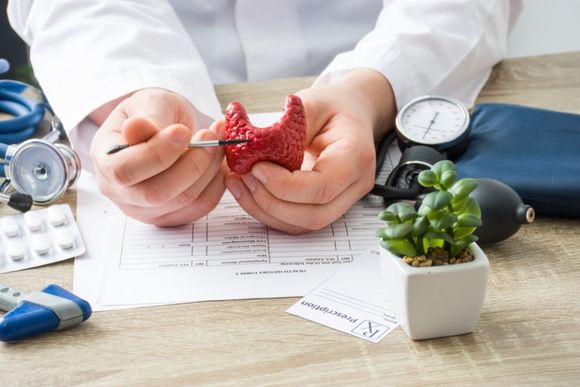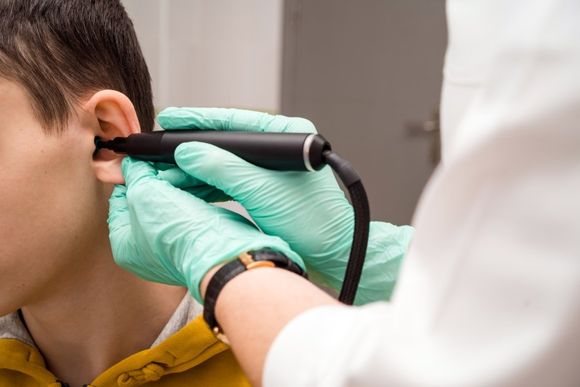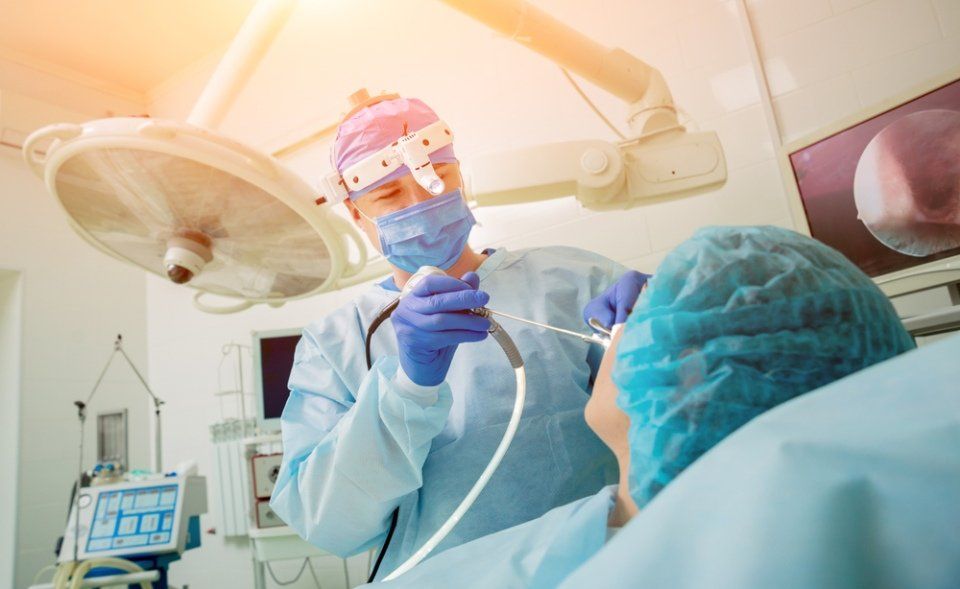ENT surgery
Thyroid, oncological, reconstructive and snoring
Dr. Alberto Dragonetti specialises in ENT surgery which includes traditional and minimally-invasive thyroid surgery.
Traditional and minimally invasive thyroid surgery
Traditional thyroid surgery is performed when the surgery is complex or the amount of tissue to be removed may be too large. This type of surgery involves an incision of about 2-8 cm on the lower part of the neck. The blood supply is stopped to remove the gland partially or completely.
ENT surgery
In addition to thyroid surgery, ENT surgery also includes:
- reconstructive surgery for the correction of malformations caused by genetic defects or by trauma, disease and accidents;
- snoring surgery that helps the patient to breathe during the night, avoiding overexertion and episodes of apnoea;
- oncological surgery for the local treatment of benign and malignant tumours.
Tumours of the paranasal sinuses and nasal polyposis in some cases: we operate with 3D
The surgeon works with special glasses that allow three-dimensional visualisation.
The surgeon enters the operating room and wears special black glasses inside.
They look like sunglasses but on closer inspection, they are different. They are essential to watch the monitor that projects the surgical images in 3D. It is the three-dimensional FESS endoscopic sinus surgery and is the novelty that has recently made its entrance in the operating rooms of the otolaryngologist, an technological innovation that can make a difference - especially for the removal of tumours in the sinuses and in some cases of advanced nasal polyposis.








